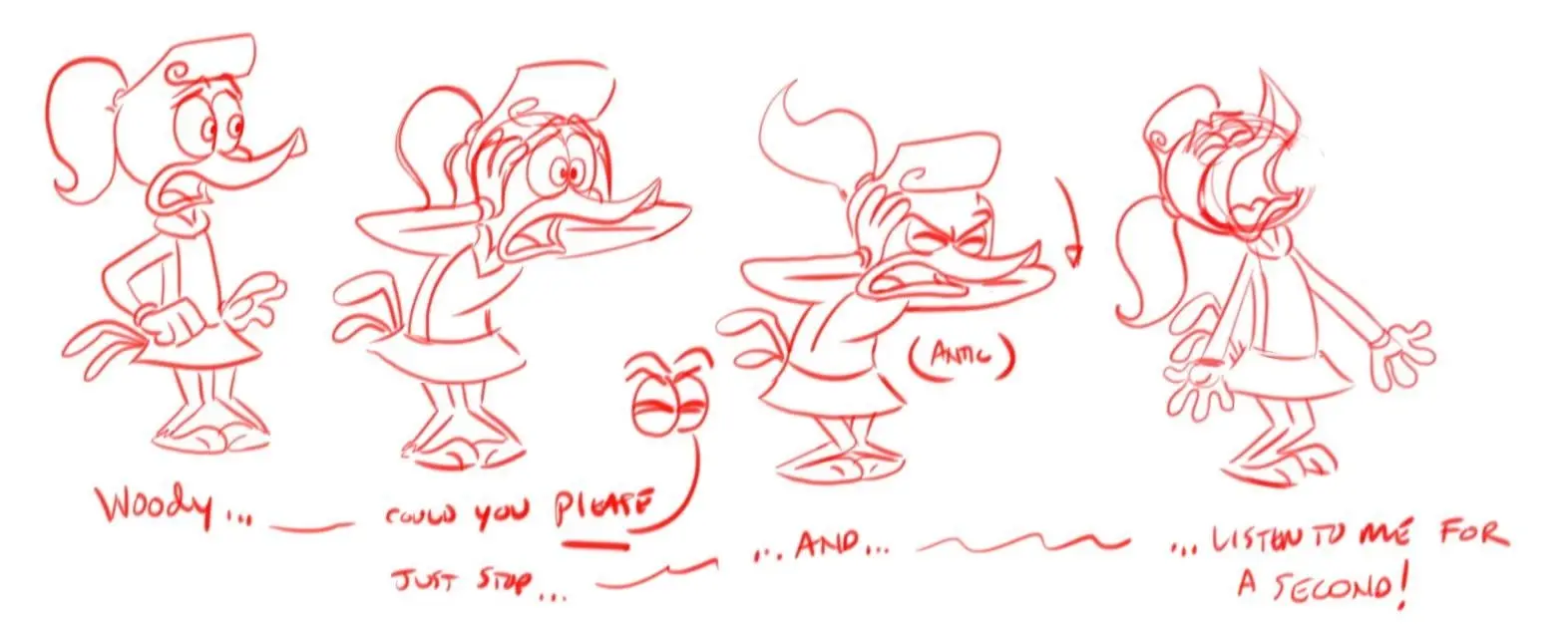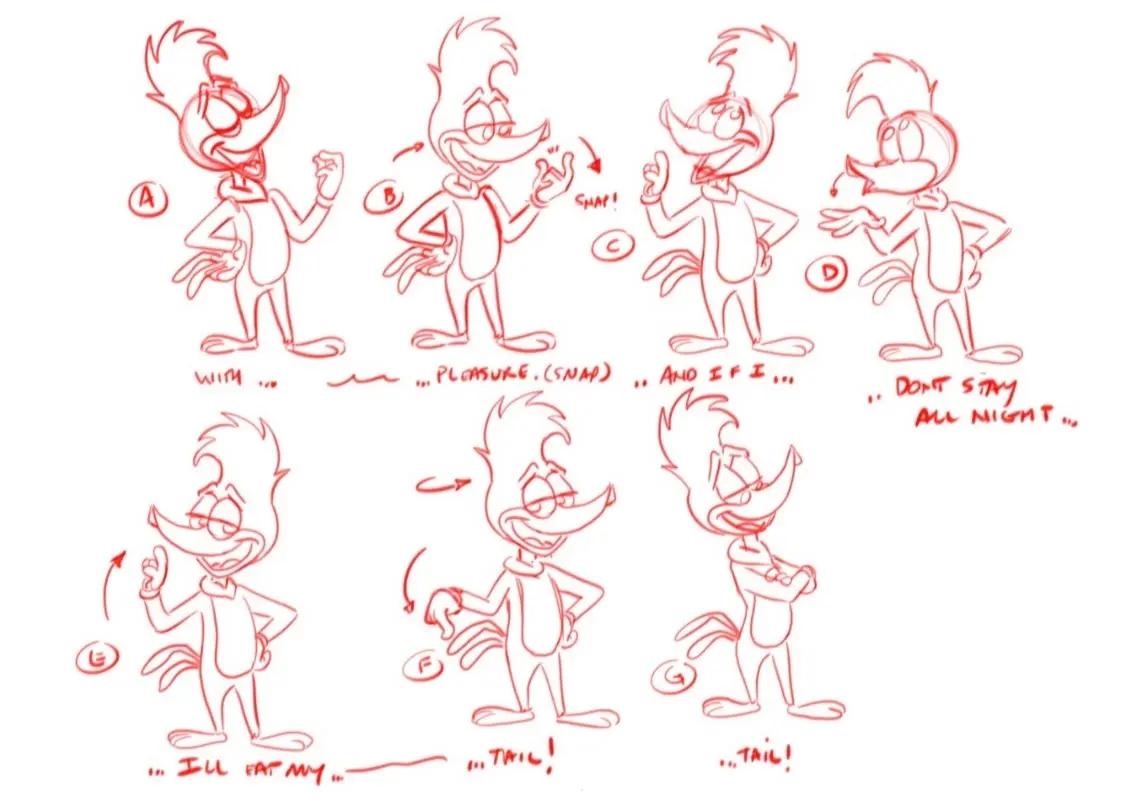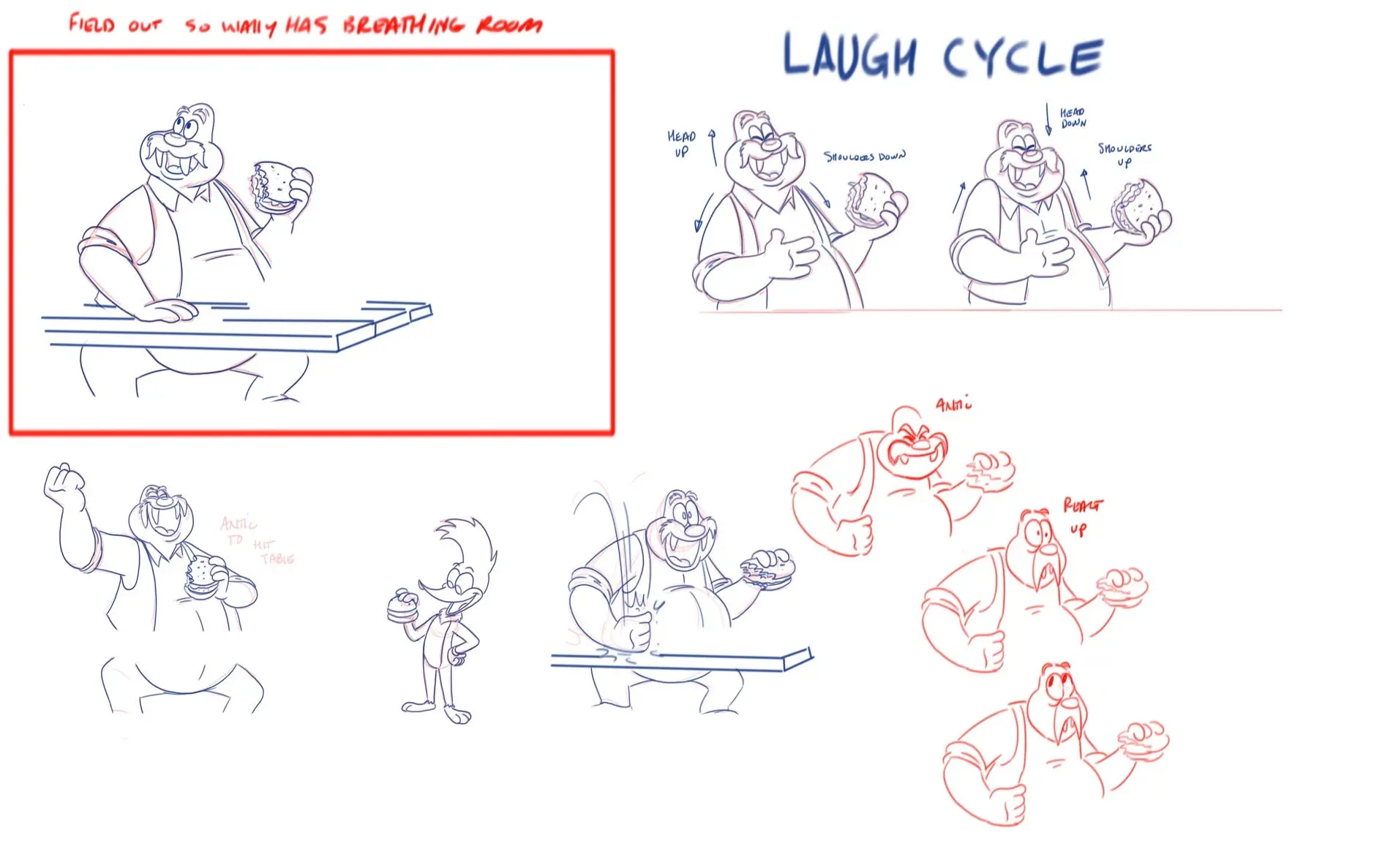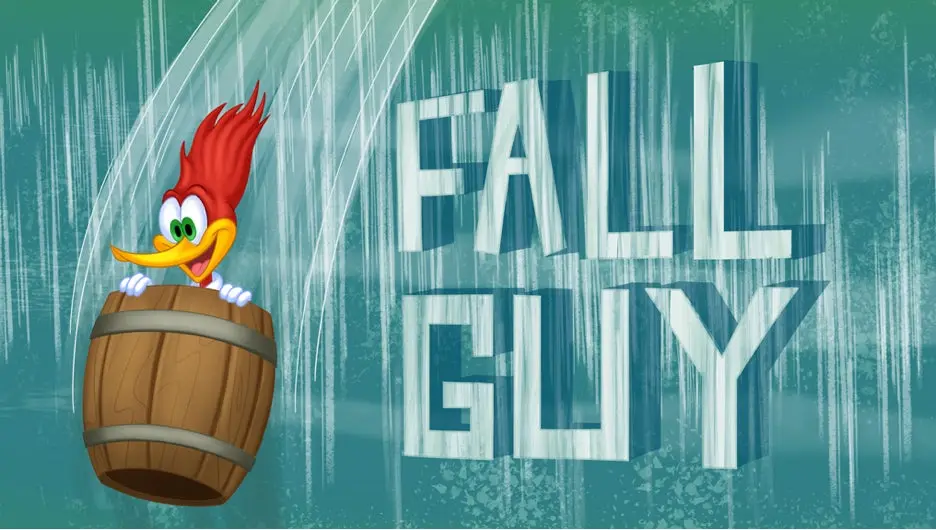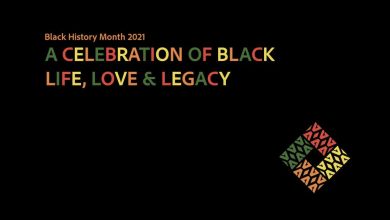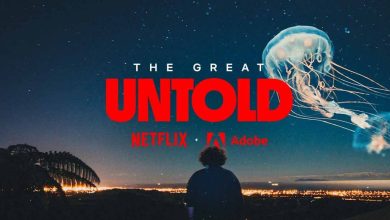Celebrating 80 years of Woody Woodpecker with Adobe Animate
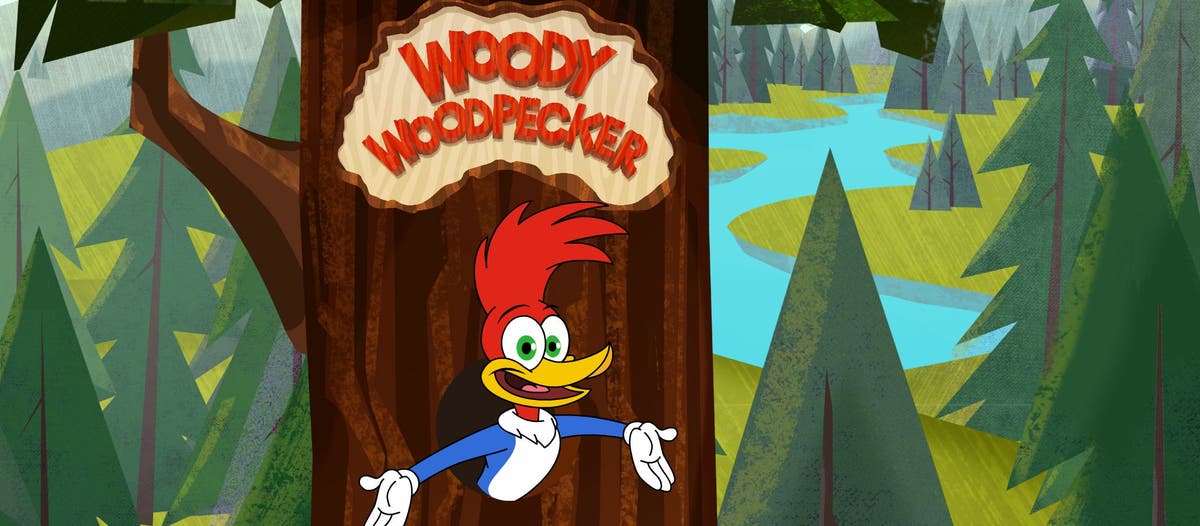
Woody Woodpecker has been entertaining us for over 80 years. To celebrate this incredible milestone, Universal Pictures decided to recreate the magic with a new series and to do so they looked to veteran animator Mike Milo as the project director.
BRAND NEW – Woody Woodpecker Episodes
The Woody Woodpecker series has been in existence for so long that Mike’s first toy as a kid was a large bendable Woody Woodpecker doll. He absolutely cherished it and still has it in his collection. To be allowed to work with a legendary character like Woody was an amazing experience for him. We sat down with Mike to learn more about this milestone project.
Starting from the beginning, how did you get involved in this project?
Universal resurrected new Woody Woodpecker shorts in 2018 and they did one season of 10, five-minute shorts and for whatever reason the guy who did the first season wasn’t available for another one and I got a call from Mike Young at Splash Entertainment asking if I’d be interested. I jumped at the chance. I was also elated that everything was to be done using Adobe Animate because it’s always been my favorite go-to app for animating and I know it inside and out. I knew that I would be able to tweak the animation to my liking by asking for already animated files I wanted animated a certain way and that I could redo bits to add more character and silly poses to get the best comedy out of it. Using Animate also saved significantly on retakes because I could address some of the notes we received from Universal myself which is typically a lot more involved and difficult.
How did Adobe Animate fit in this plan?
Animate fit very well into the production for a variety of reasons. The animation was done in Animate by Conrad Cartoons, a team with fantastic talent and a keen eye for quality animation. Once we met, we hit it off instantly, which is great for collaboration on a project.
I will fully admit that I am a perfectionist when it comes to animation and one of the great things about Animate is that it’s so easy to tweak animation after the fact. All assets are nested in symbols which means that if Woody was too small in a scene even after he was animated, we could instantly resize and adjust which helped us get better compositions. It also allows for easy on the fly changes of expressions which helped us finesse poses to get the line of action and squash and stretch I felt the Woody cartoons needed and deserved. Because of this we could even change the shape of hands, eyes, mouth or even a torso after the fact.
Can you elaborate on the creative process involved in recreating the magic of this series?
It was all very much a team effort on all ends and Creative Cloud played a key role. Both preproduction and postproduction were done at Splash Entertainment in Los Angeles. We had a small team who really embraced the entire Creative Cloud suite as we designed and boarded the shorts. The producers allowed me a lot of creative freedom which allowed me to focus on the comedy and animation, a rarity in our business.
Our team would receive an outline and we would then go over it together and change it as needed to make it as funny as possible. Then we’d go to script and we would do the same thing, always trying to hone the story as well as see how many jokes we could fit in there. I decided I wanted to record the dialog after the boards were finished so we could have the freedom to adjust story and add as many verbal gags as possible, so we recorded temporary scratch tracks in Adobe Audition for each episode. Using Audition ensured that the board guys would not be boxed in to prerecorded dialog if we came up with better gags. Audition ended up being a huge help as we did significantly change stories during the boarding phase.
From there we’d hand out the script and the scratch to our talent board artists. I storyboarded Woody’s Wakeup first to give the other board guys an idea of what I wanted to see in terms of detail and posing. In each case we’d talk about ideas and how to make it even funnier. Then they’d go off and storyboard the whole thing and once done they’d give us what’s called an animatic which is the drawings timed to the audio. From there they were sent to Universal who had ideas to punch up clarity and story and then we’d tweak it again! A lot of tweaking went into these shorts and the team was so organized that not one tweak was left out. After that my team of revisionists and I would do what we called a punch up to try and wedge even more gags in there.
Meanwhile in Photoshop, our character designers solidified the characters, designed, cleaned and colored props, and painted the key backgrounds
Once we had all preproduction done, we shipped it to Conrad Cartoons up in Halifax, Nova Scotia for the animation process— where it was animated entirely in Adobe Animate. All effects and compositing were done in After Effects. Once animation was returned to us, it was loaded into Adobe Premiere and we would call retakes with our editor. Retakes are scenes that didn’t quite animate the way we intended or where an eye pops off for a frame – they would be flagged for revision and addressed. The team were saints for dealing with all of my endless tweaking. I designed all the title cards, and they were painted in Photoshop. The last step was the music which it truly accented what we were trying to accomplish. All in all, it was a fantastic experience and I hope to make more in 2021.
Here’s the colored final of the Animatics —
Woody Woodpecker | Woody’s Wake Up | Full Episodes
Source : Adobe

